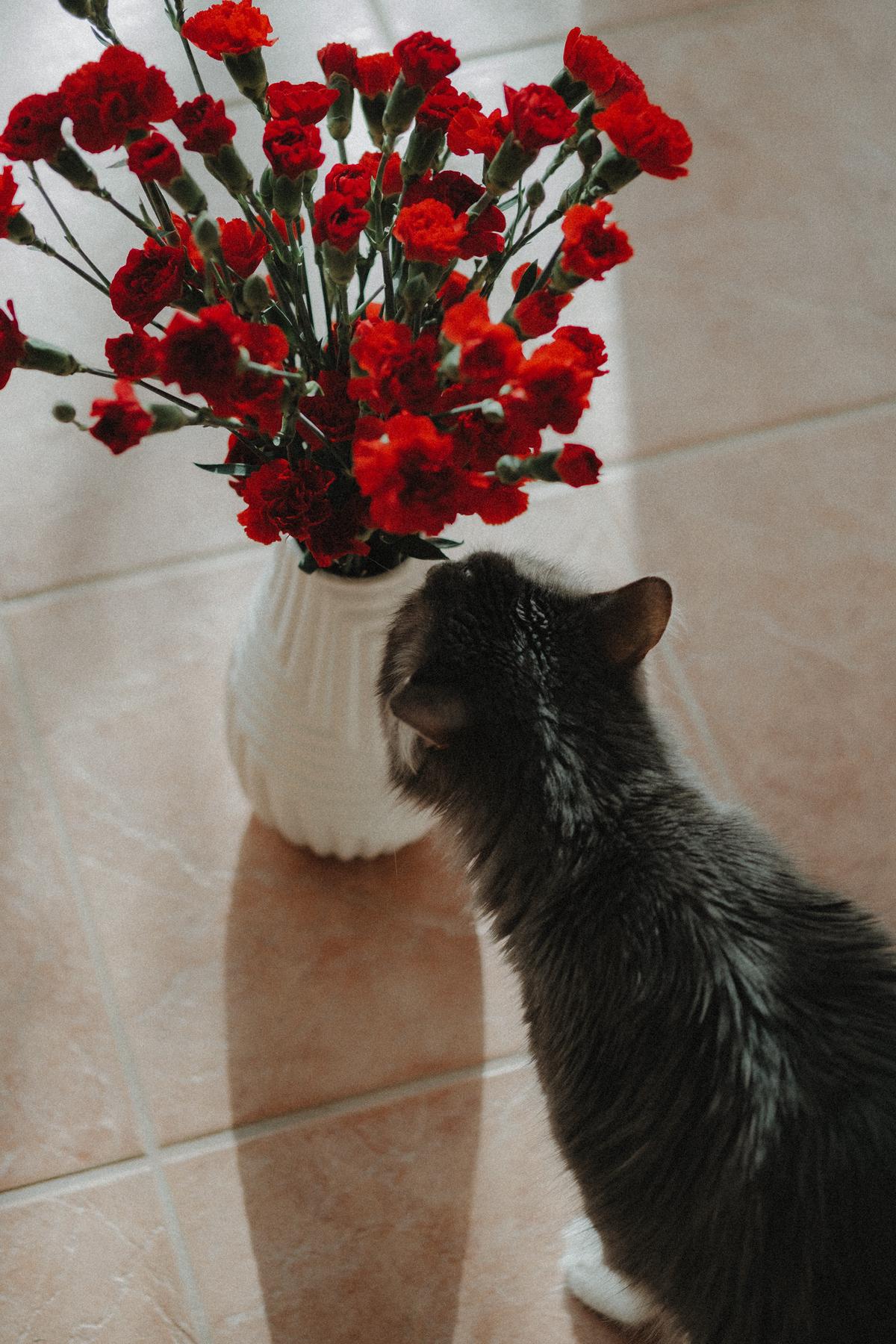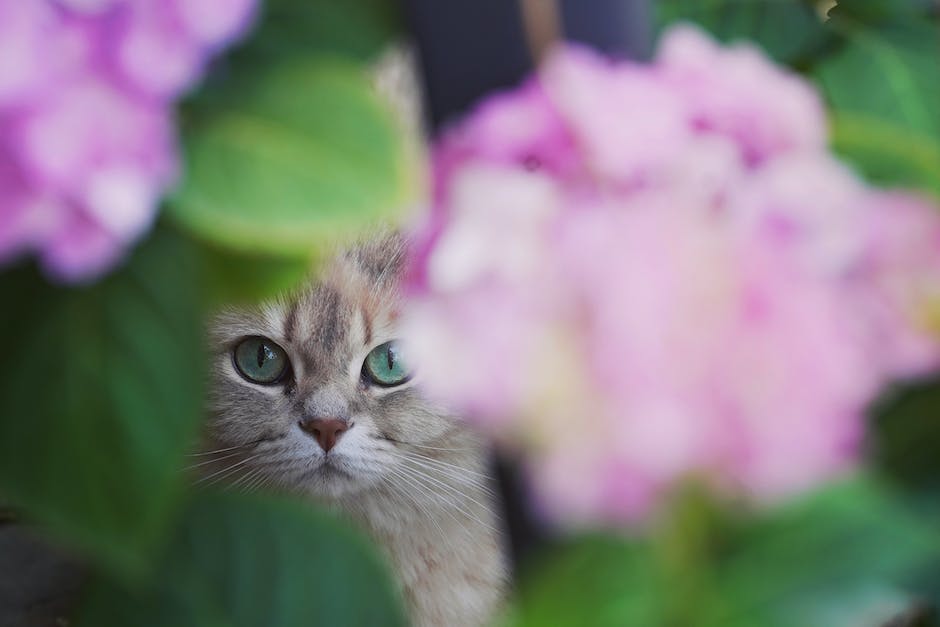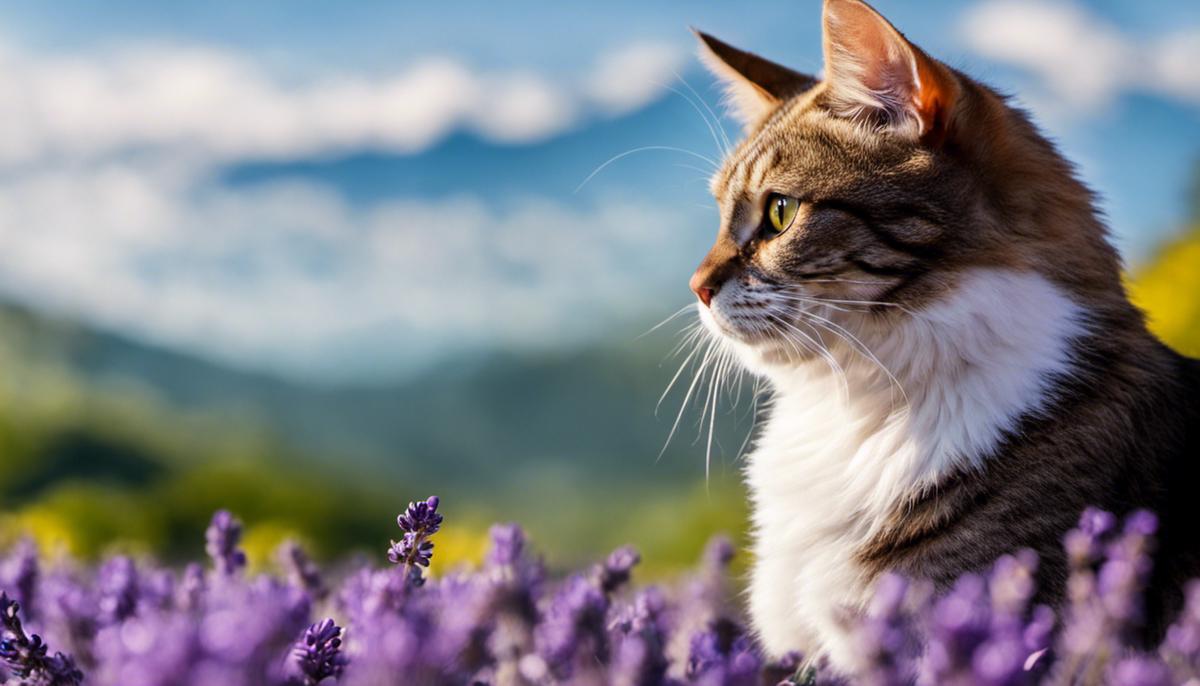Is Lavender Scent Harmful for Cats? Unraveling the Truth
As pet owners, we strive to provide the best for our companions, being conscious of what we introduce to their environment for their ultimate wellbeing. Cats, known for their acute sensory perceptions, often have a different perspective on their surroundings than we do, particularly when it comes to sense of smell. There is a multitude of household items that, while seemingly innocuous and even enjoyable to humans, can be distressing, or even harmful for cats. one common item on this list of potential hazards is lavender – a plant revered for its soothing aroma and healing properties. This piece aims to demystify the effect of lavender on our feline friends, delving into their unique reaction to smells, specific impacts of lavender, and precautions to take to ensure their safety.
Understanding cats’ reaction to smells
Understanding Cats’ Reaction to Smells
Cats have a far superior sense of smell compared to humans. While humans possess around 5 million olfactory receptors, cats possess up to 80 million. This difference is significant because it directly influences the smells cats find tolerable and those they find intolerable. Given this heightened sensitivity, smells that humans find mild, pleasant, or even therapeutic can cause discomfort or even harm to cats. In fact, certain essential oils and fragrances that we might enjoy around our homes can be toxic to cats.
Lavender and Cats: A Sensitive Relationship
One common smell that can cause problems for cats is lavender. While we may associate lavender with relaxation and serenity, for cats, the smell can be overwhelming and even pose health risks. Lavender essential oil is particularly potent, but even dried lavender flowers or scented products can be problematic if they are present in high concentrations.
Many essential oils, lavender included, contain compounds called phenols, or their oxygenated derivatives, which cats find difficult to metabolize because they lack certain liver enzymes. Consequently, exposure to lavender scent or ingestion can lead to symptoms of toxicity.
Signs of Lavender Toxicity in Cats
Symptoms of lavender toxicity in cats can range from mild to severe. Some cats might show signs of discomfort, such as a lowered appetite, lethargy, or excessive licking. However, in more severe cases, lavender toxicity can cause nausea, vomiting, uncoordinated movements, and even collapse. Cats might also display signs of dermatitis if they come into contact with lavender oil on their skin or fur.
Behavioral signs can indicate a dislike for the scent. If your cat consistently leaves an area when a lavender scent is introduced, it indicates a dislike for the odor and it is a clear signal that the scent should be removed.
Preventing Lavender Toxicity: Advice for Cat Owners
To ensure your cat’s safety and comfort, it is best to avoid using lavender essential oils or heavily scented lavender products in your home. Be mindful of products such as scented candles, air fresheners, and cleaning products that may contain lavender.
If you suspect your cat has been exposed to a harmful dose of lavender or is exhibiting signs of discomfort after exposure to lavender, contact your veterinarian immediately. Prompt treatment can mitigate the effects of lavender toxicity and ensure your cat’s health and safety.
While the fragrance of lavender might be comforting and appealing to many of us, it’s crucial to consider the safety and comfort of our feline companions when it comes to this scent. It is incumbent upon us as responsible pet owners to ensure that our actions and environment boost their overall health and wellbeing, rather than pose potential risks.

Photo by marsupialpudding on Unsplash
Lavender: An overview and its effects on cats
An Introduction to Lavender
Belonging to the mint family, Lamiaceae, lavender is cherished for its captivating aroma and vibrant blossoms. This evergreen plant boasts over 40 different varieties and primarily originates from the Mediterranean. Its soothing qualities are widely recognized, leading to its widespread use in products such as essential oils, potpourris, and cosmetics.
Beyond the soothing fragrance and enticing aesthetics, lavender also selectively offers medicinal benefits. It has demonstrated efficacy in mitigating symptoms of anxiety, insomnia and depression, hence recognized for its calming properties. When used as an oil on the skin, lavender’s antifungal and antiseptic properties can effectively treat conditions such as acne, psoriasis, and wrinkles.
Lavender and Cats
While lavender has numerous benefits for humans, the same cannot be said for our feline friends. The issue arises mainly from the essential oils extracted from the lavender plant. These oils contain compounds known as terpenes, primarily linalool, and linalyl acetate, which are toxic to cats. Cats’ livers lack the enzymes necessary to break down these compounds, leading to possible toxicity.
Exposure to lavender in cats can occur through various means – including dermal exposure, ingestion, or inhalation. For instance, cats may inhale the lavender scent from a diffuser or ingest it while grooming themselves after coming into contact with the oil.
Effects of Lavender on Cats
Ingesting or inhaling lavender can cause a range of health issues in cats, though reactions may vary based on the concentration and method of exposure. Symptoms may appear within minutes or hours and can include uncoordinated movements, depression, vomiting, lack of appetite, and changes in behavior. In severe cases or if left untreated, these can progress to liver failure or central nervous system depression.
If the cat is only exposed to the smell of lavender without direct contact – for instance, from lavender-scented products or a diffuser – the chances of experiencing adverse effects are lower. However, excessive inhalation can still lead to respiratory distress or allergic reactions in some cats.
Taking Precautions with Lavender around Cats
When it comes to keeping lavender around cats, the best course of action is to prioritize preventive measures. If you suspect an exposure leading to potential lavender toxicity in your cat, it’s critical that immediate veterinary help is sought. The vet will likely perform various diagnostic tests to determine the toxicity levels before deciding on an appropriate treatment route, often involving fluid therapy and continuous monitoring.
Although the scent of lavender is possibly less detrimental than direct ingestion or contact, being vigilant is still necessary. For a safer and cat-friendly environment, think about incorporating plants or scents relished by cats, such as catnip or valerian.
See Also: Are Peonies Poisonous To Cats? What You Need to Know

The myth and reality of lavender’s effect on cats
Natural vs. Synthetic Lavender: Dispelling the For-Cats Myth
There’s a common misconception floating around that suggests the odor of lavender might hold potential dangers for cats. The crucial point to remember here is the differentiation between natural and synthetic lavender. Synthetic versions, composed mostly of man-made chemicals, are often deemed harmful to the welfare of your feline compatriots. In contrast, natural lavender, especially when derived directly from the plant, is typically well-tolerated by cats.
When used judiciously around cats, the scent from natural lavender plants can even exude a calming influence due its soothing fragrance. Yet, it’s vital to ensure that the lavender scent doesn’t become overwhelmingly strong for your cat.
Potential Risks of Lavender Products
Lavender essential oils can pose potential risks to cats. Despite their natural origin, essential oils are highly concentrated versions of the plant and can be toxic to cats if ingested or applied topically. Cats lack the necessary enzymes to break down these concentrated compounds, leading to potential toxicity. Symptoms of essential oil toxicity in cats can include excessive drooling, vomiting, lack of coordination, and difficulty breathing.
Lavender-scented products such as candles, air fresheners, and cleaning products often contain synthetic lavender and other chemicals that can be harmful to cats. The ingestion or inhalation of these chemicals can result in similar toxicity symptoms as with essential oils.
Diffusers and Cats
Diffusers that use lavender essential oils can also be harmful to felines. Although the intention is to create a calming environment, the high concentration of oils in the air can cause distress to cats. Symptoms can vary from mild (sneezing or coughing) to severe (respiratory distress) depending on the exposure level and the cat’s sensitivity. Keep in mind, cats have a much stronger sense of smell than humans, and what might seem subtle to us can be overpowering to them.
Final Thoughts
Although the scent of natural lavender may be soothing and not necessarily harmful if used moderately, there can be risks associated with synthetic versions, concentrated forms like essential oils, and diffused oils when it comes to cats. To guarantee the wellbeing of your feline companion, it is advisable to use these items sparingly and maintain good airflow in any space where they are utilized. Any introduction of new fragrances or products into their surroundings should be met with careful monitoring of your cat’s behavior for signs of distress. It’s always recommended to consult a veterinarian about safe usage of these products.

Precautions to ensure cats’ safety around lavender
The Significance of Recognizing Lavender Toxicity in Cats
Exposure to or ingestion of lavender and products containing lavender, such as essential oils, candles, air fresheners, and some household cleaners, has been observed to potentially harm cats. Cats metabolize substances differently than humans do and therefore, lavender’s chemical compounds, namely linalyl acetate and linalool, can be detrimental to cats if inhaled or consumed. For this reason, it’s imperative that cat owners fully understand the potential dangers that lavender exposure could pose to their pets.
Identifying Early Signs of Distress in Cats Due to Lavender
Early symptoms of lavender toxicity in cats include difficulty breathing, drooling, vomiting, lethargy, and loss of appetite. More severe reactions can lead to uncoordinated movements, low body temperature, and even collapse. If your cat is displaying any of these signs after being exposed to lavender, it is critical to seek immediate veterinarian assistance. Timely intervention can be the difference between a full recovery and lasting damage.
Methods to Prevent Lavender Exposure in Cats
To avoid the potential risk of lavender toxicity, consider eliminating, substituting, or limiting the use of lavender-related products in your home. Ensure that these items, including plants, are kept out of cats’ reach. Using cat-friendly alternatives like artificial fragrances can be a better choice. Additionally, remember that heightened scent ability in cats means even smells that are barely noticeable to humans can be strong and potentially harmful to them.
Actions to Take if a Cat Experiences Lavender Toxicity
If you suspect your cat has been exposed to too much lavender, remove the source of exposure immediately, isolate your cat in a well-ventilated area to help them breathe, and contact a veterinarian right away. It’s important not to try inducing vomiting without a professional’s guidance, as it may cause more harm than good. Keep in mind that timely professional help is key to your pet’s recovery.
Consulting a Veterinarian for Advice
Every cat is different, so what affects one might not affect another. Consider working with your cat’s veterinarian to create a safe home environment for your feline friend. They can offer beneficial advice on toxic household substances and safe alternatives. They may also provide guidance on what you should do in case of accidental exposure, how to recognize the early signs of distress, and when to seek immediate veterinary care.

Deciphering the world through a cat’s senses can be a fascinating journey. Understanding their unique reactions to various smells, particularly to something as common as lavender, allows us to create a safer, more comfortable environment for them. The relationship between cats and lavender can be complex, involving elements ranging from naturally grown flowers to synthetic products. While some myths and misconceptions persist, the reality underscores the importance of cautionary practices in handling lavender around cats to prevent possible toxicity. Remember to keep a watchful eye for signs of distress in your pet, employ preventative measures to ward off exposure to harmful substances, and maintain open communication with your vet. Above all, we strive to keep our four-legged friends not just safe, but also content and stress-free.
Enjoyed This Article? You May Also Like:




